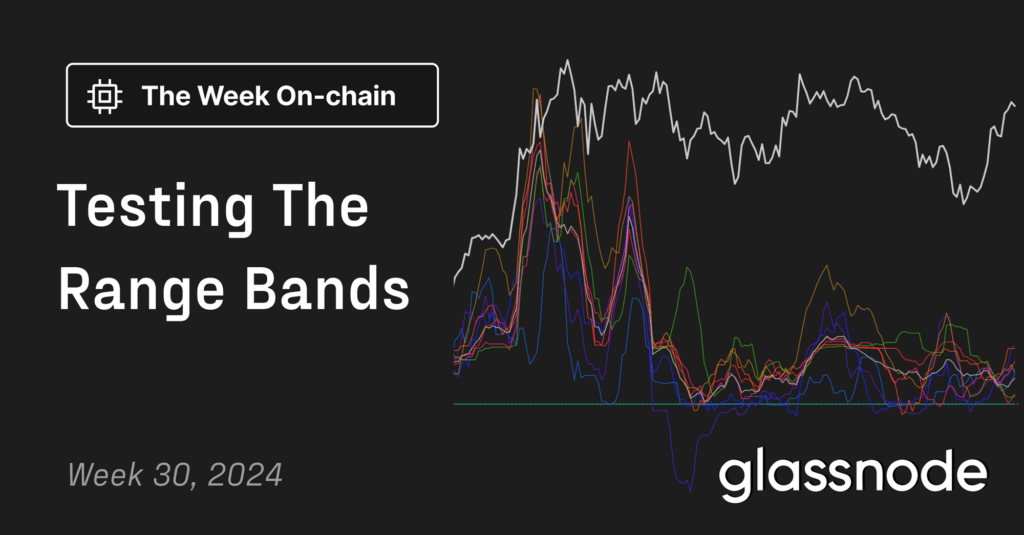Research Summary
The report draws parallels between the East India Company and modern financial entities, discussing the evolution of crypto project ownership structures and fundraising methods. It highlights the concept of privatizing gains and socializing losses, and explores the role of points programs in driving protocol adoption. The report also contrasts Web 2 and Web 3 startups, discussing the challenges of user acquisition and the evolution of fundraising methods in the crypto space.
Key Takeaways
Evolution of Crypto Fundraising Methods
- From IPOs to ICOs: The report discusses the shift from traditional IPOs, where retail investors are typically excluded from early-stage investments, to Initial Coin Offerings (ICOs) that allow crypto startups to crowdfund by accepting cryptocurrencies in exchange for tokens representing ownership or governance rights.
- Yield Farming and Points Programs: The report highlights the emergence of yield farming and points programs as innovative fundraising and user acquisition strategies in the crypto space. These methods incentivize user engagement and potentially offer a more inclusive way for the public to invest in early-stage companies.
Role of Points in Crypto Projects
- Points as User Acquisition Strategy: Points systems in crypto projects are used to incentivize user engagement and can be converted into tokens at the project’s discretion. This provides projects with strategic flexibility and a cost-effective user acquisition strategy.
- Risks and Trust in Points Programs: The report warns of potential trust abuses by bad actors in points programs. Users rely on the promise of reasonable token conversion rates and timing, and the proliferation of points programs may pose a risk to the sustainability of this engagement tool.
Web 2 vs Web 3 Startups
- User Acquisition Challenges: The report notes that user acquisition is a critical and costly challenge for both Web 2 and Web 3 startups. While Web 2 relies on VC funding for user subsidies, Web 3 uses innovative fundraising and user acquisition strategies.
- Regulatory Hurdles and Public Perception: The report points out the public’s tendency to blame the government for investment failures, reflecting a belief that the government should protect them from all life’s risks. This has led to regulatory hurdles for early crowdfunding in Web 2 companies.
Actionable Insights
- Explore the Potential of Points Programs: Given the report’s discussion on the role of points programs in driving protocol adoption and user engagement, it may be beneficial to explore the potential of these programs in the crypto space.
- Understand the Risks Associated with Points Programs: The report warns of potential trust abuses in points programs. It’s crucial to understand these risks and the importance of trust in these programs when considering engagement with crypto projects that employ such strategies.
- Consider the Evolution of Fundraising Methods: The report highlights the evolution of fundraising methods from traditional IPOs to ICOs, yield farming, and points programs. Understanding this evolution can provide valuable insights into the changing landscape of crypto project ownership structures and fundraising methods.












